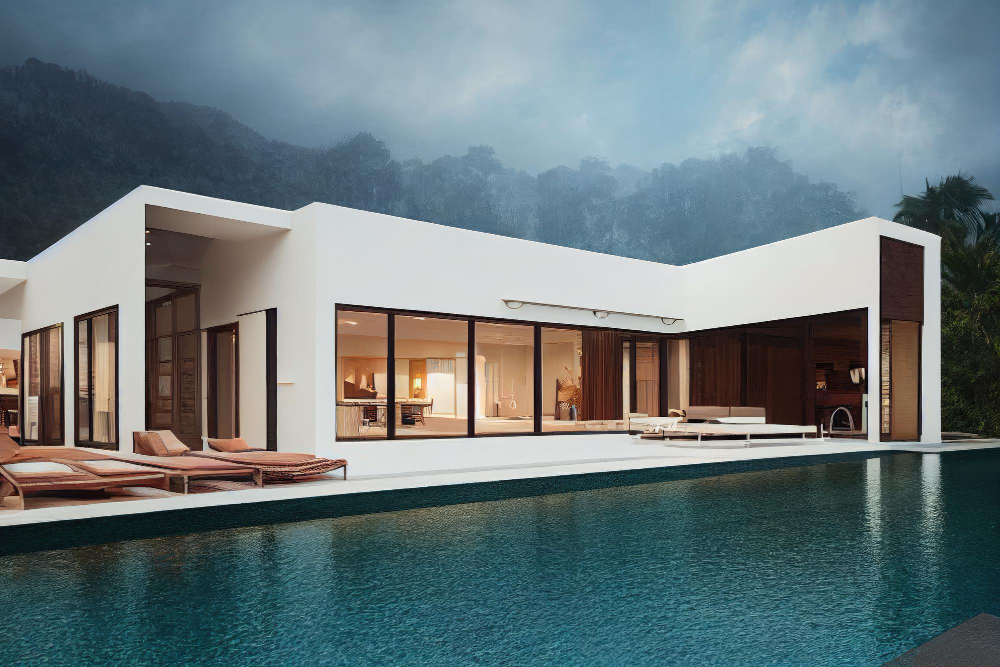Modern Architecture: The Catalyst for Change
Modern architecture has always been synonymous with innovation and pushing the boundaries of design. In recent years, architects have embraced a forward-thinking approach, incorporating sustainable materials and energy-efficient solutions into their designs. The emphasis on open spaces, clean lines, and harmonious integration with nature has given birth to a new era of architectural minimalism.
Minimalism in Real Estate: Less is More
Minimalism, often characterized by simplicity, clean design, and a focus on essential elements, has gained immense popularity in the real estate world. Minimalist homes and spaces offer not just a visual aesthetic but also an enhanced sense of tranquility and functionality. Homebuyers are increasingly drawn to the idea of decluttered living spaces, which promote a sense of calm and well-being.
One of the central aspects of minimalism is the reduction of unnecessary elements, which leads to efficient space utilization. Consequently, minimalistic architecture has given rise to smaller, more sustainable living spaces. This not only aligns with the principles of environmental responsibility but also meets the changing needs of modern lifestyles.
Technology's Pervasive Influence
Technology is the driving force behind many of the advances in modern architecture and minimalism. It enables architects and builders to push the boundaries of what is possible in terms of design, sustainability, and functionality.
1. Sustainable Materials: The integration of cutting-edge materials, such as carbon-neutral concrete and smart glass, enables architects to create energy-efficient structures that leave a smaller carbon footprint.
2. Virtual Reality (VR) and Augmented Reality (AR): These technologies revolutionize the way prospective buyers experience real estate. VR allows for immersive virtual tours of properties, while AR can overlay information and design options onto physical spaces, helping clients visualize potential renovations or interior designs.
3. Smart Home Integration: Minimalistic designs often incorporate smart home features seamlessly. Technology-controlled lighting, heating, security, and entertainment systems can be effortlessly integrated into minimalist spaces, enhancing both convenience and energy efficiency.
4. Environmental Monitoring: Sensor technologies are used to monitor indoor air quality, temperature, and energy consumption, ensuring that minimalist spaces remain comfortable and eco-friendly.
5. 3D Printing: This emerging technology has the potential to revolutionize construction by allowing for the rapid and cost-effective production of building components, making custom-designed minimalist homes more accessible.
Conclusion:
The confluence of modern architecture, minimalism, and technology has propelled real estate into a new era. As the world grapples with the challenges of urbanization, climate change, and evolving lifestyle preferences, these three elements are working together to offer innovative solutions.
Minimalism's emphasis on simplicity and functionality aligns with the changing needs of homeowners, while modern architecture continues to push the boundaries of design. Technology, in its various forms, is the enabler that makes it all possible, from sustainable building materials to immersive virtual tours.
In the coming years, as technology continues to advance, we can expect even more exciting developments in the world of real estate. With sustainability and minimalism at the forefront, the future of real estate promises to be a harmonious blend of aesthetics, functionality, and environmental responsibility.

No comments:
Post a Comment